Renovascular Hypertension and Stenosis
- Clinical trials demonstrate renal artery stenting offers no benefit over medical therapy among patients with renal artery stenosis and hypertension or chronic kidney disease.
- Stenting should be reserved for patients who fail medical therapy.
- Optimizing outcomes for renal artery stenting requires an understanding of clinical predictors that portend a higher probability of improved blood pressure or renal function with stenting.
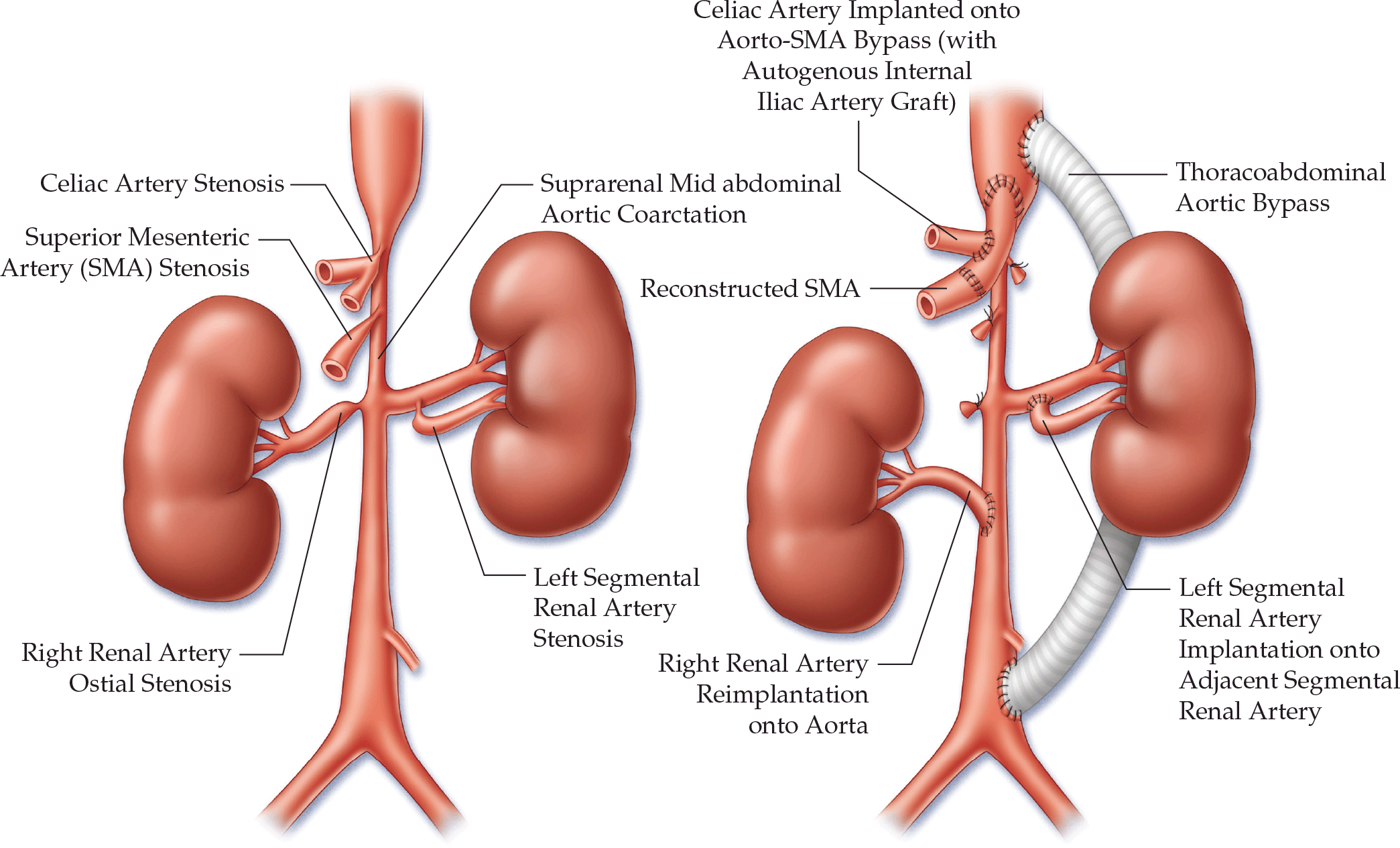
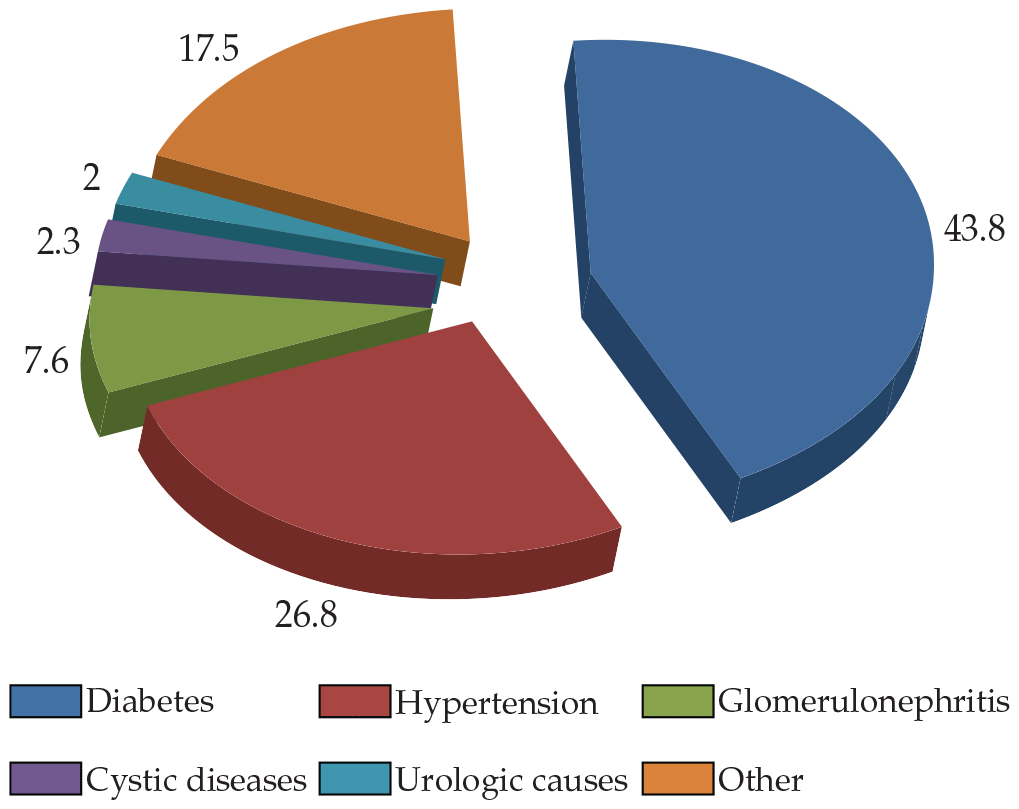
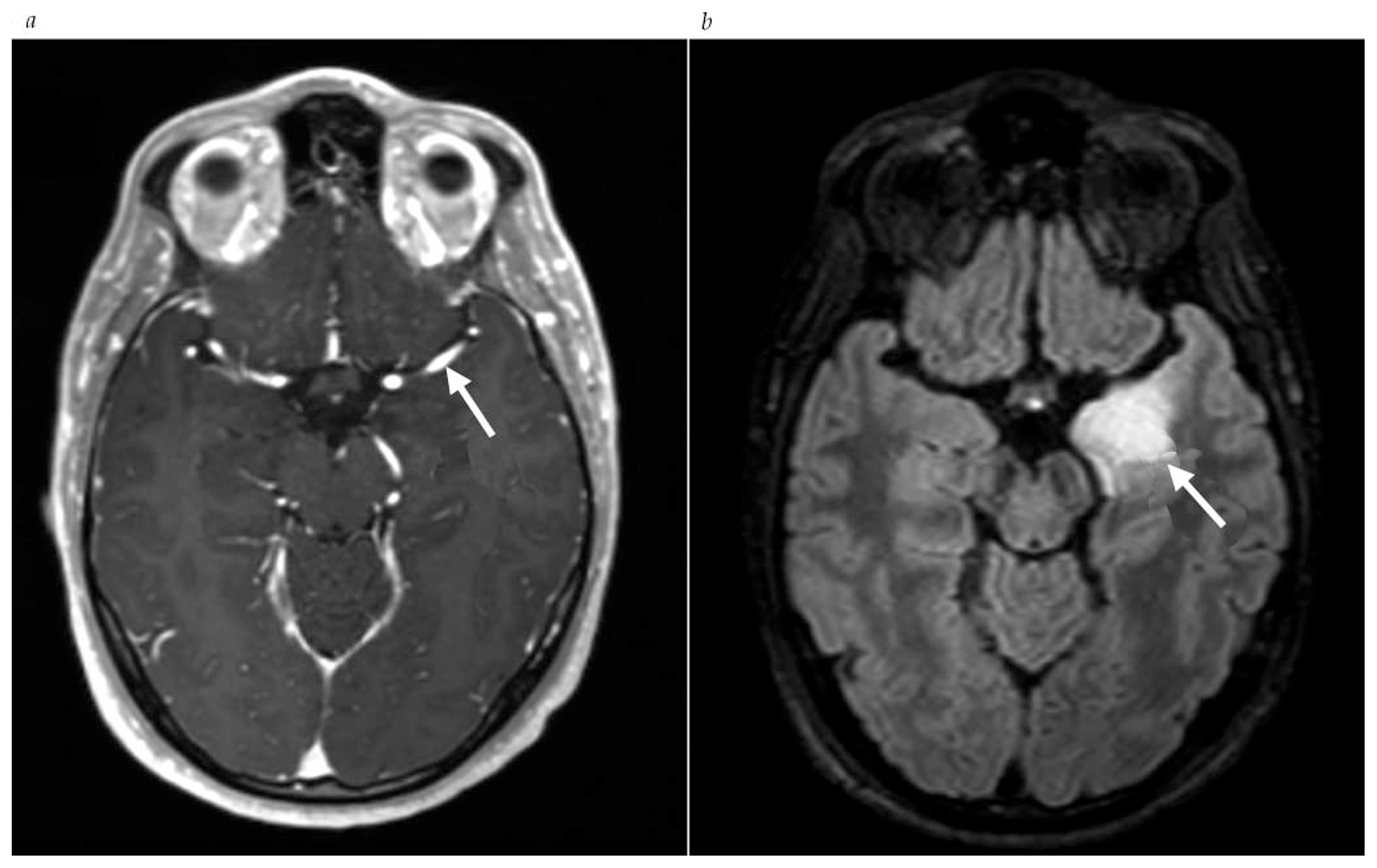
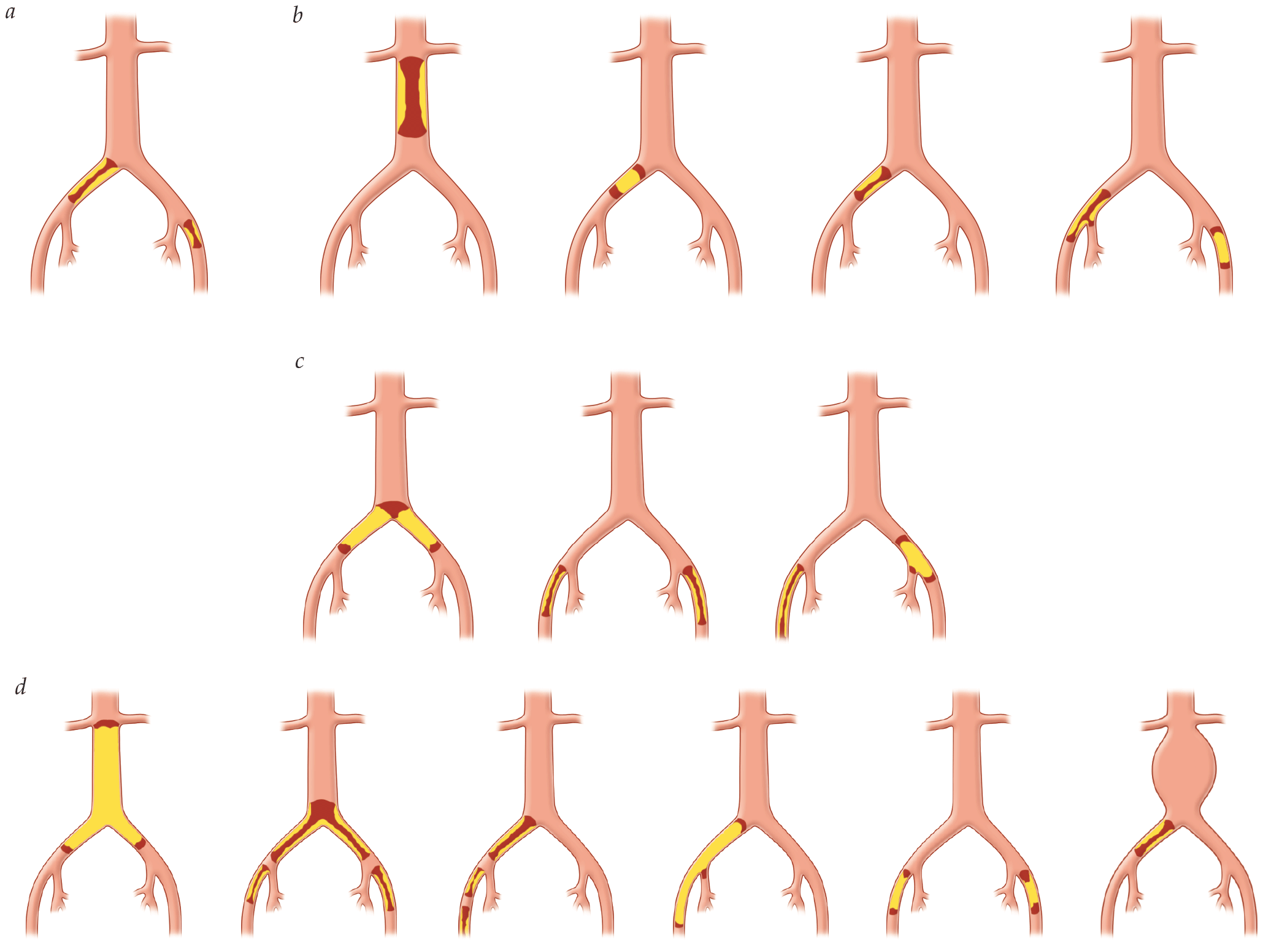
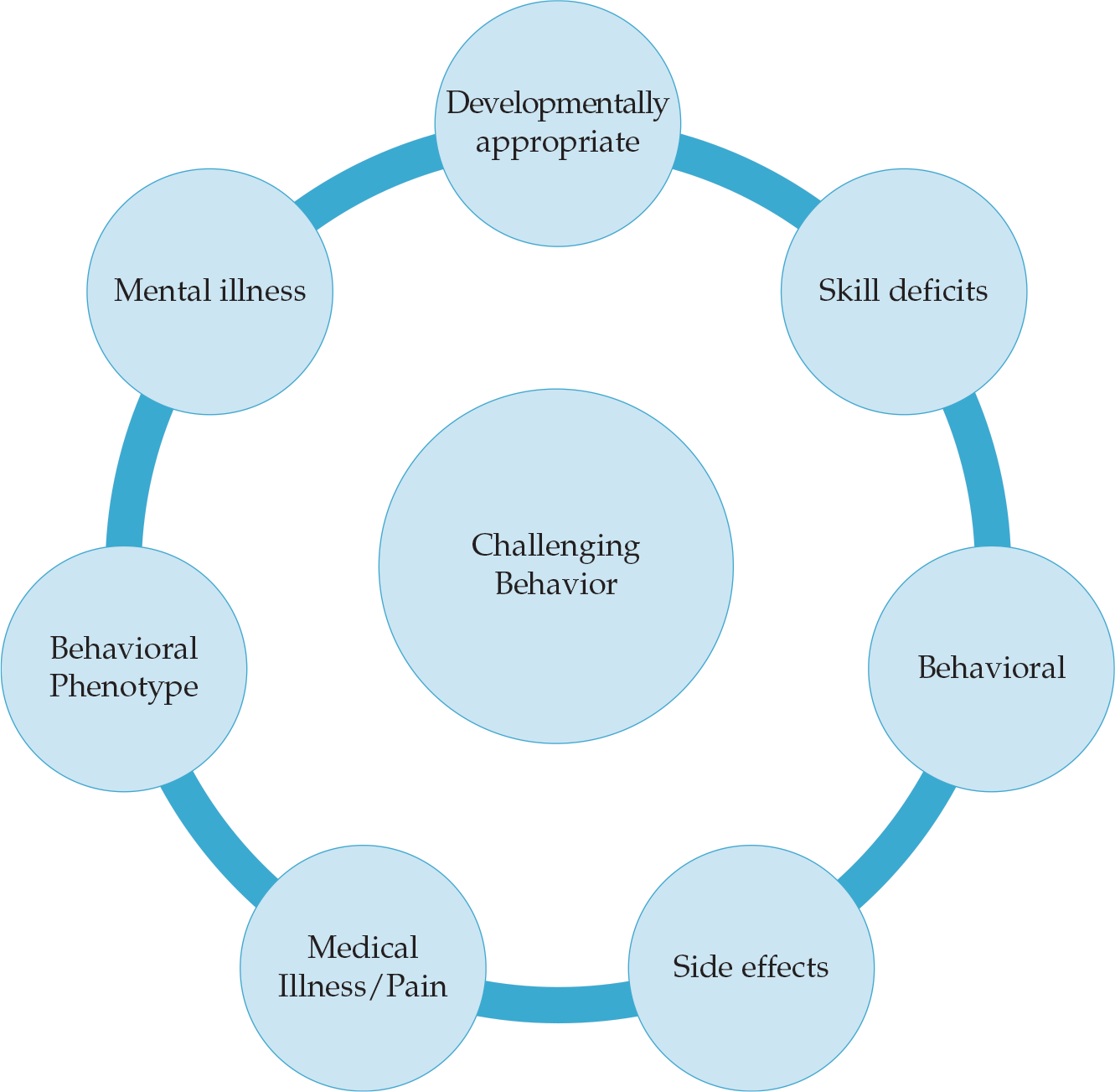
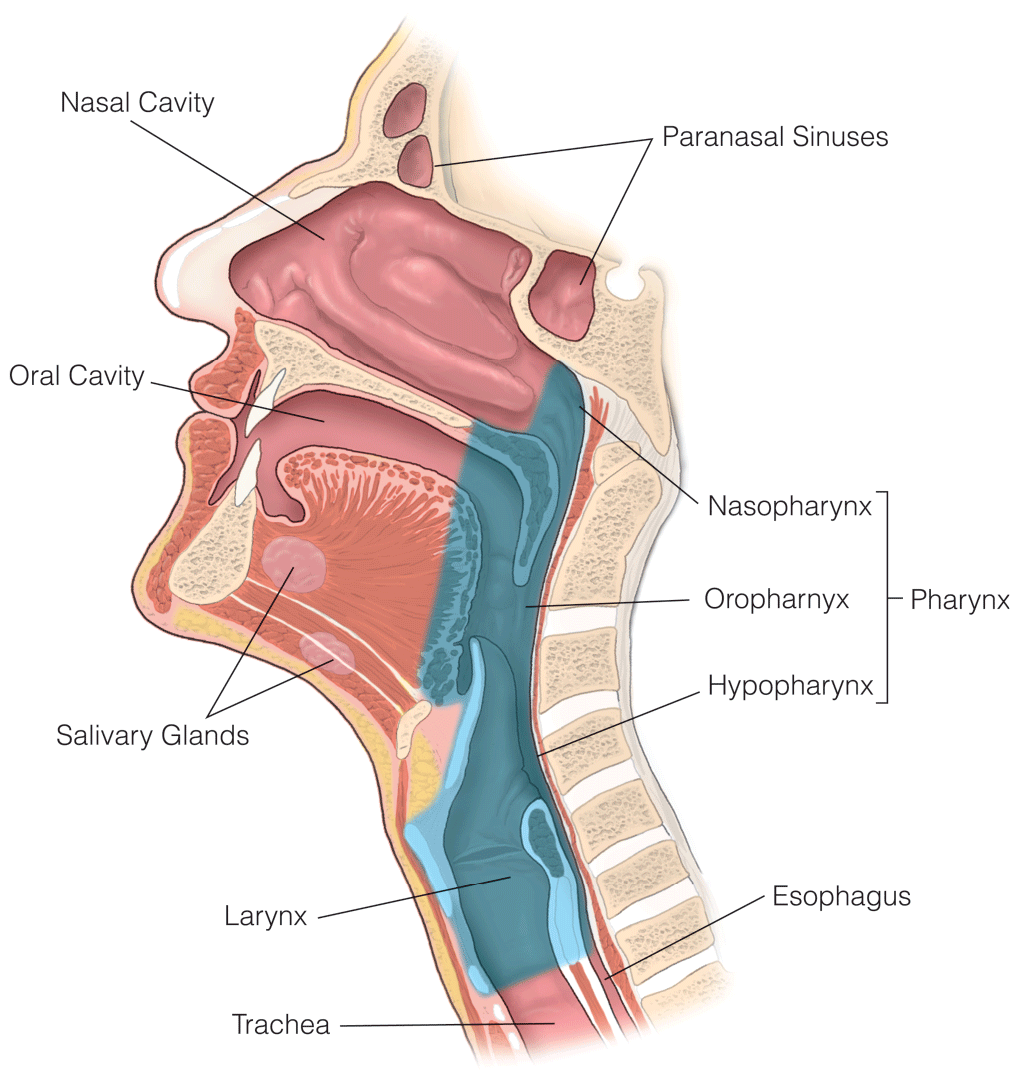


.png)







